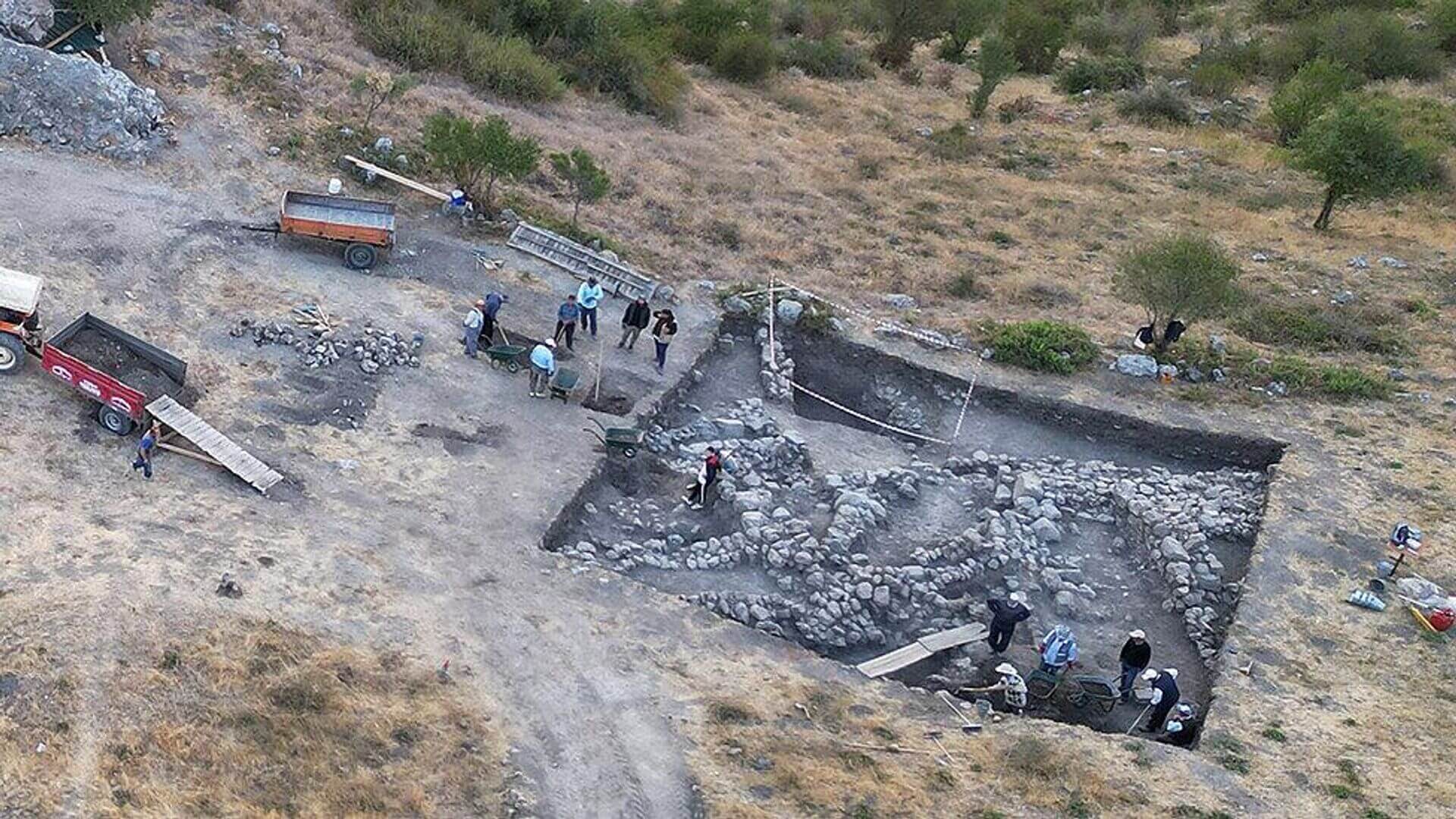Bogazkoy-Hattusha, Turkey — During an excavation in Turkey’s UNESCO World Heritage Site, researchers and historians have made a captivating discovery — a new language. Archaeologists, engaged in research at the Boğazköy-Hattusha site, unearthed tablets inscribed with an unknown Indo-European language.
Situated in north-central Turkey, Boğazköy-Hattusha was once the bustling capital of the Hittite Empire, a formidable power in Western Asia during the Late Bronze Age (1650 to 1200 BC).
Over more than a century, diligent excavations guided by the German Archaeological Institute have been conducted at Boğazköy-Hattusha. Designated as a UNESCO World Heritage site in 1986, it has yielded over 30,000 clay tablets with cuneiform writing, recognized as UNESCO World Documentary Heritage in 2001.
“These tablets provide invaluable insights into the history, society, economy, and religious practices of the Hittites and their neighbours.”
Under the direction of Andreas Schachner, a professor from the Istanbul Department of the German Archaeological Institute, annual archaeological campaigns continue to unearth cuneiform treasures. While most texts are in Hittite, the oldest known Indo-European language and the dominant language of the site, this year’s excavations revealed a surprising revelation.
“Within a Hittite cultic ritual text, a recitation in an entirely unknown language was discovered.”
Daniel Schwemer, a professor and chair of Ancient Near Eastern Studies at Julius-Maximilians-Universität (JMU) in Würzburg, Germany, is actively involved in studying the cuneiform findings. He reveals that the Hittite ritual text refers to this new language as the “language of the land of Kalašma,” believed to be situated in the north-western reaches of the Hittite heartland, possibly in the modern regions of Bolu or Gerede.
The discovery of a new language within the Boğazköy-Hattusha archives isn’t entirely surprising. “The Hittites were uniquely interested in recording rituals in foreign languages,” notes Schwemer in a media release. These ritual texts, transcribed by scribes of the Hittite king, reflect a variety of Anatolian, Syrian, and Mesopotamian traditions and linguistic backgrounds. They provide a valuable glimpse into the relatively unknown linguistic landscape of Late Bronze Age Anatolia, where multiple languages, including Hittite, Luwian, Palaic, and Hattic, were spoken.
“Now, the language of Kalasma adds a new thread to this linguistic tapestry.”
Although the Kalasmaic text, written in this newly discovered language, remains largely indecipherable, Elisabeth Rieken, a colleague of Schwemer and professor in ancient Anatolian languages at Philipps-Universität Marburg, has confirmed its affiliation with the family of Anatolian-Indo-European languages.
Rieken notes that despite its geographical proximity to the region where Palaic was spoken, the Kalasmaic text appears to share more similarities with Luwian, another Anatolian-Indo-European language. Further investigation will focus on the extent of Kalasma’s relationship with other Luwian dialects from Late Bronze Age Anatolia.
* * *
NEXT UP!
Gobekli Tepe: The World’s First Temple?
Six miles from Urfa, an ancient city in south-eastern Turkey, Klaus Schmidt has made one of the most startling archaeological discoveries of our time: massive carved stones about 11,000 years old, crafted and arranged by prehistoric people who had not yet developed metal tools or even pottery. The megaliths predate Stonehenge by some 6,000 years.
The place is called Gobekli Tepe, and Schmidt, a German archaeologist who has been working here more than a decade, is convinced it’s the site of the world’s oldest temple.
* * *
READ MORE: This Ancient Maya City Was Hidden In The Jungle For More Than 1,000 Years
Rear more on The Hittite Empire: 3,000-Year-Old Wooden Structure Found In Hittite Tunnel Mentioned On Cuneiform Tablets
Liked it? Take a second to support Collective Spark.
We’d love to hear from you! If you have a comment about this article or if you have a tip for a future Collective Spark Story please let us know below in the comment section.

